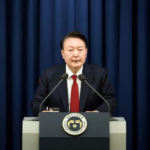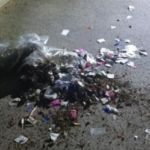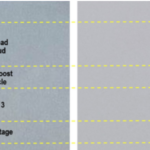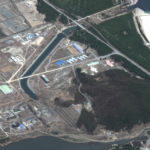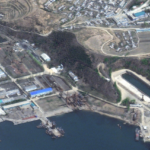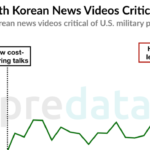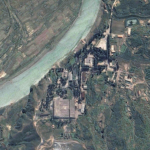January 15, 2025, by Victor Cha and Ellen Kim—
Yoon Suk Yeol, the lionized…
October 28, 2024, by Victor Cha—
This first appeared as a…
September 24, 2024, by Victor Cha—
In this groundbreaking book, the leading scholar and practitioner Victor D. Cha shines a light into the “black box” of North Korea and draws critical lessons for the possible reunification of Korea after many decades of division... 2024, Columbia University Press "[The Black Box] calls on privileged insights into North Korea. Peace,…
June 30, 2024, by Andy Lim and Victor Cha—
Since late May, North Korea…
August 17, 2023, by Theodore Postol—
Russia's multi-warhead intercontinental ballistic missile…
June 27, 2023, by Victor Cha and Ramon Pacheco Pardo—
Victor Cha and Ramon Pacheco Pardo draw on decades of research to explore the history of modern Korea, from the late nineteenth century, Japanese occupation, and Cold War division to the present day. .. 2023, Yale University Press “Korea gives the answer to the lingering enigma of how two extremely…
July 19, 2021, by Joseph S. Bermudez Jr. and Victor Cha—
This is the fourth of several reports providing a unique view of the Sinpo South Shipyard, Sinpo area, and Mayang-do navy facilities using a unique high off-nadir (HON) image collected by Maxar Technologies during April 2021. This report looks at the abandoned Kumho-ri Light Water Reactor (LWR) Site on North Korea's northeast coast.
July 15, 2021, by Joseph S. Bermudez Jr. and Victor Cha—
The Sinpo Shipyard is the counterpart to the Sinpo South Shipyard and focuses primarily on the production, maintenance, and repair of small fishing vessels. To a lesser degree, it has also been involved in the production, maintenance, and repair of small Korean Peoples’ Navy combatants. Since about 2009, the graving dock at the shipyard – one of the largest in North Korea – has played a crucial role in maintaining the operational status, repair, maintenance, and scrapping of the nation’s submarine force.
November 26, 2019, by Victor Cha, Eric Falcon and Bryce Pedersen—
Predata signals suggest a significant perception gap emerging between the U.S. and South Korea. First, South Koreans are more focused on the financial burden of the U.S. military presence than on the positive security benefits it provides. Second, U.S. demands for $5 billion in cost-sharing are generating the highest ever levels of social media and video commentary critical of U.S. forces in Korea.
August 21, 2019, by Joseph S. Bermudez Jr. and Victor Cha—
The Pakchon Uranium Concentrate Pilot Plant is one of only two declared and known uranium concentrate plants in North Korea (Pyongsan Uranium Concentrate Plant at Pyongsan is the other). This facility was used for Yellowcake production at least through the mid-1990s, and therefore would require inspection under any new U.S.-DPRK denuclearization declaration and agreement as it has not been subject to international inspection for over 25 years since IAEA visits to the site as part of the Full Scope Safeguards Agreement process in 1992.
